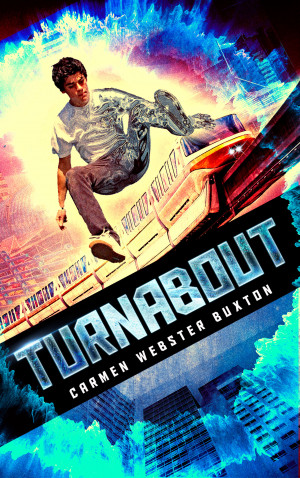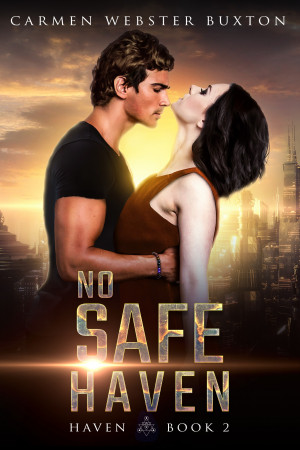Decades ago, if you wanted to get a book published, you had to be able to produce a clean, readable manuscript. Then you sent it off, either to agents or directly to one or more publishers who accepted unsolicited manuscripts. And finally, you waited for the rejection letters to pour in.
If you got nowhere with traditional publishing and decided to self-publish your book, you needed a good chunk of money. Once you had a clean manuscript (which if you were wise, you paid someone to edit), you had to get someone to layout your book in the proper format and then pay someone else to print and bind a large number of copies-- hundreds, at least. And then you needed storage space--a garage, a dry basement, a rented storage locker--so that you had somewhere to store all those cartons of books. And finally, you needed to be able to visit bookstores and persuade the store owners to sell your book
Technology has changed all that. Word processing makes it easier to produce a clean, tidy m.s. and even to format the book (although it's fairly tedious to do it with a regular word processor like MS Word). The invention of the Espresso Book Machine (like a photocopier and book binder rolled into one) made it possible to print a book only when someone ordered a copy of it. Online services like IngramSpark and Amazon's KDP meant that you no longer needed a garage or even a bookstore to sell a self-published printed book.
 |
| An Espresso Book Machine |
And then there were ebooks, Ebooks are basically a file coded with HTML tagging using a predefined set of rules for what tags to use. If you've never seen HTML (it's what makes the web possible), it's full of tagging like this: <p>This is a paragraph of text</p>. Most tags with begin and end tags <tagname></tagname> are actually containers that contain text and/or other tags, Tags can have attributes that define how the content appears, like this: <p style="text-align:right">Text inside this tag will be aligned right.</p>
If it all sounds terribly technical, be aware that there are software programs such as Calibre (free download, but please make a donation if you find it useful) that can create epub (the most used ebook format) and other formats from MS Word files. It can even edit them, but you have to know how to edit HTML.
 |
| Calibre ebook management software |
I first self-published a book (The Sixth Discipline) in 2011. My 18th title (Worlds Apart) releases in May of this year.. All but two titles are available in paperback as well as ebook form. Nine of them are in Kindle Unlimited, which means the ebook version is only available from Amazon. This Amazon subscription-based service allows users to borrow your book and then pays royalties to the author based on pages read. If an ebook is reasonably priced, to compete with tradstionally-pubslished ebooks, and long enough, the author can make more from KU readers than from sales. However, some genres do not do well in KU, so I always launch there but move the book to wider distribution in 90 days (when the first term expires), if I don't get enough KU pages read to make it worthwhile to keep the books exclusive to Amazon. Be aware that this Amazon KU limitation does not affect printed versions of books, only ebooks.
To me, the toughest aspect of self-publishing is what happens shortly before and then after the book is published: Marketing! I'm not going to give any advice on that because frankly, I'm not especially good at it. If anyone has any advice to chip in, feel free to leave a comment. Ditto if you have a question.








